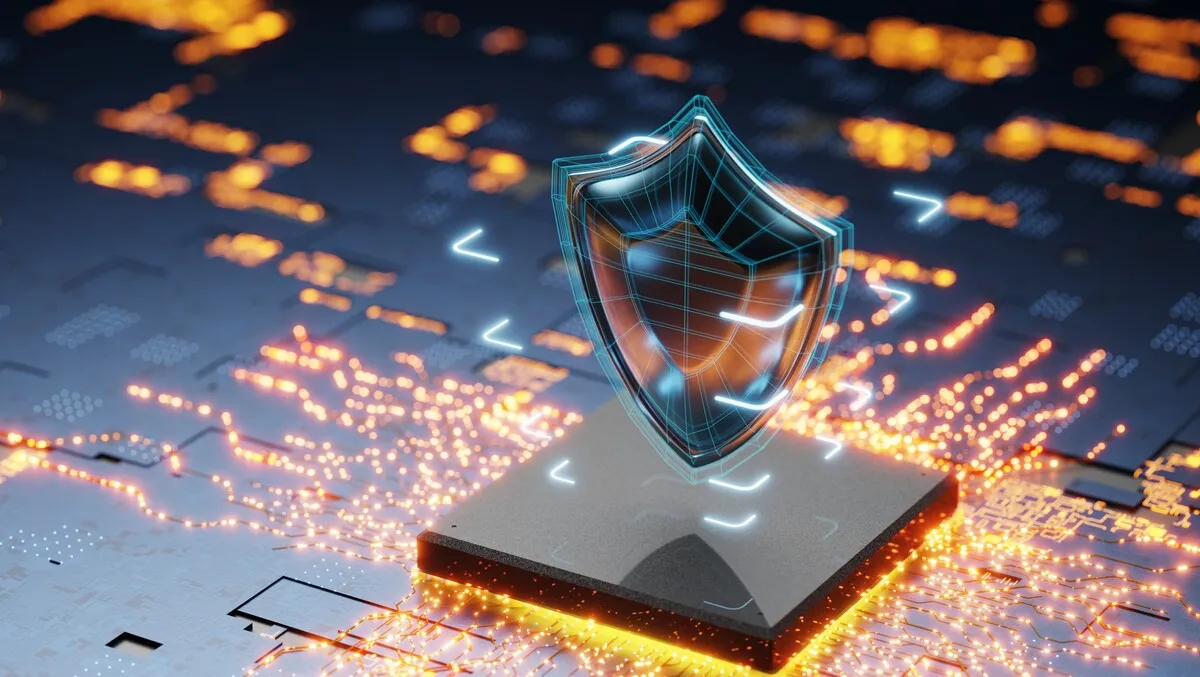
The crucial role of identity in zero trust security
In an increasingly digital world where cybersecurity threats are constantly evolving, organisations are embracing new strategies to protect their sensitive data and assets. One such approach that has gained prominence in recent years is Zero Trust. Zero Trust challenges the traditional perimeter-based security mindset and instead places a strong emphasis on identity as a cornerstone of a robust defence strategy. In this article, Xalient and partner Axis Security, part of HPE Aruba, explore why identity is so crucial to the Zero Trust security paradigm and how it can help organisations enhance their cyber resilience.
Rethinking Traditional Perimeter Security
Traditionally, organisations relied on perimeter-based security models that operated under the assumption that threats could be kept at bay by securing the network perimeter. However, as cyberattacks became more sophisticated, it became clear that this approach was no longer effective. Attackers found ways to bypass these perimeter defences, rendering them inadequate.
Zero Trust flips this model on its head by adopting a "never trust, always verify" philosophy. In a Zero Trust environment, Trust is never assumed, regardless of whether a user or device is inside or outside the corporate network. Identity plays a pivotal role in verifying and authenticating users and devices, ensuring that access to resources is granted based on their identity, permissions, and the context of their request.
Context-Aware Access Control
Identity is at the heart of context-aware access control, a fundamental component of Zero Trust. Context-aware access control takes into account various factors, including user identity, device health, location, time, and behaviour, to determine whether a user should be granted access to a specific resource. This approach ensures that access is granted on a case-by-case basis, minimising the attack surface and reducing the risk of unauthorised access.
For example, a user attempting to access a critical database from an unfamiliar device and location may trigger additional authentication measures or even deny access entirely until their identity and intent are verified. This dynamic approach to access control enhances security while allowing for flexibility and user productivity.
Continuous Monitoring and Adaptive Authentication
Zero Trust extends beyond the initial authentication process; it emphasises continuous monitoring and adaptive authentication. In this context, identity is not a one-time verification but an ongoing process. Users and devices are continually assessed for risk, and access privileges can be adjusted in real-time based on changing circumstances.
For instance, if an authenticated user suddenly exhibits unusual behaviour patterns or attempts to access sensitive data outside of their usual work hours, the system can flag this as a potential security threat and prompt additional authentication or restrict access until the user's identity and intent are confirmed.
Identity-Centric Threat Detection and Response
In a Zero Trust environment, identity-centric threat detection and response are critical components. By closely monitoring the behaviour and identity of users and devices, organisations can quickly detect and respond to suspicious activities. Identity-based threat detection enables security teams to identify unauthorised access attempts, insider threats, and other malicious activities that may go unnoticed in traditional security models.
The Evolving Threat Landscape
In the era of evolving cyber threats and remote work, adopting a Zero Trust strategy is becoming increasingly essential for organisations seeking to safeguard their digital assets. Identity is the linchpin of this model, as it enables context-aware access control, continuous monitoring, adaptive authentication, and identity-centric threat detection and response.
By embracing the Zero Trust approach and prioritising identity, organisations can build a robust cybersecurity foundation that enhances their cyber resilience and better protects their valuable data and resources. In an ever-changing threat landscape, identity is indeed the key to achieving a more secure and trustworthy digital environment, giving enterprises the confidence to transform their environment and build for the future.
However, a word of caution: a mature, widely deployed Zero Trust implementation demands integration and configuration of multiple different components, which can become quite technical and complex. Success is highly dependent on the translation to business value. Our advice to readers is to start small and evolve, making it easier to better grasp the benefits of a programme and manage some of the complexity, one step at a time.

